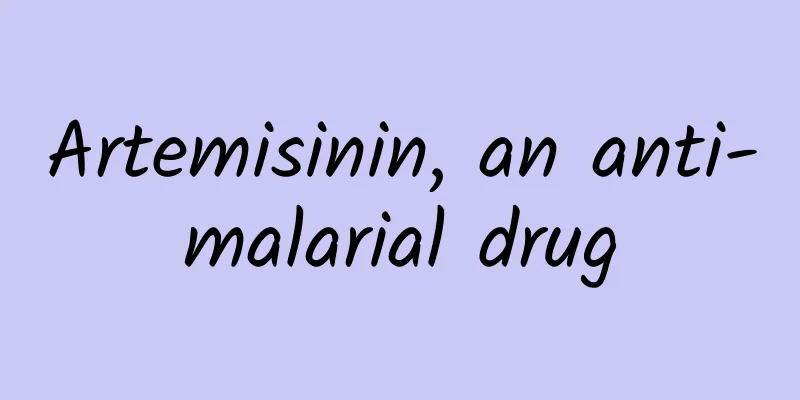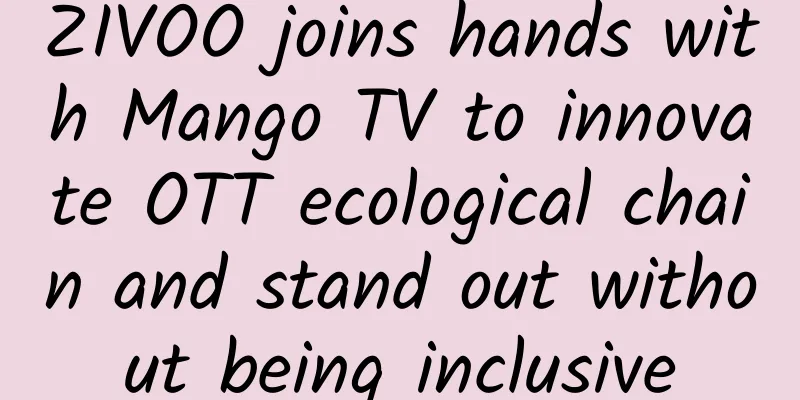Artemisinin, an anti-malarial drug

|
Since ancient times, humans have been waging a long struggle against malaria, which was recorded in the Yellow Emperor's Classic of Internal Medicine - Suwen as early as BC. Until now, malaria is still rampant in many countries in the world, threatening people's health and lives. On October 5, 2015, the Karolinska Institute in Sweden announced that the 2015 Nobel Prize in Physiology or Medicine would be awarded to Chinese pharmacist Tu Youyou and two other overseas scientists in recognition of their contributions to the research on the treatment of parasitic diseases such as malaria. Tu Youyou also became the first Chinese scientist to receive this award. Before the discovery of artemisinin, quinine and chloroquine were the main antimalarial drugs used. However, the success of drugs such as quinine and chloroquine in treating malaria did not last long. In the 1960s, drug-resistant malarial parasites began to appear in many areas, especially in Southeast Asia and Africa, and there were even no effective drugs available. Since then, the development of new antimalarial drugs has become crucial[1]. In 1972, Tu Youyou and her research team screened more than 2,000 Chinese herbal medicine prescriptions and found that the extract of Artemisia annua from the Asteraceae plant had a certain inhibitory effect on mouse malarial parasites, but it was speculated that the concentration of the active ingredient was too low due to improper extraction methods. Later, inspired by Ge Hong, a medical scientist in the Eastern Jin Dynasty of my country, they switched to low-temperature ether extraction method and successfully extracted artemisinin, the active ingredient for treating malaria. The inhibitory rate of this extract on malarial parasites reached 100%[2]. Artemisia annua, also known as stinking wormwood and bitter wormwood, is an annual herbaceous plant belonging to the Asteraceae family and is common in both northern and southern China. As early as the 2nd century BC, the Chinese pre-Qin medical prescription book "Fifty-two Prescriptions for Diseases" had already recorded the plant Artemisia annua. In 340 AD, Ge Hong of the Eastern Jin Dynasty first described the antimalarial function of Artemisia annua in his book "Emergency Prescriptions for Treating Cold, Heat and Malaria". In the second half of 1971, Tu Youyou was inspired by the record in "Emergency Prescriptions for Treating Cold, Heat and Malaria" that "take a handful of Artemisia annua, soak it in two liters of water, squeeze out the juice, and drink it all". She believed that high temperature might affect the effective ingredients of Artemisia annua and affect the efficacy, so she changed the extraction method from ethanol to ether, which has a lower boiling point than ethanol[3]. Compared with other antimalarial drugs, artemisinin-based drugs have the effect of efficiently and quickly eliminating malarial parasites. However, due to their short half-life in the body, in order to completely eliminate malarial parasites while slowing down the development of resistance, researchers recommend the use of artemisinin and its derivatives in combination with other antimalarial drugs. In 2004, the Lancet magazine reported that the cure rate of falciparum Plasmodium falciparum treated with artesunate in combination with other drugs reached over 80%, and the relapse rate and gametocyte infection rate were also significantly reduced [4]. As of 2013, 79 of the 87 countries in the world where falciparum malaria is endemic have adopted artemisinin-based combination therapy as the first-line drug for the treatment of falciparum malaria. Artemisinin has created a new generation of antimalarial drugs. It comes from traditional Chinese medicine. Its discovery has saved the lives of millions of people around the world, especially in developing countries. I believe that with the continuous efforts of scientific researchers and medical staff, global malaria will be controlled and even eliminated. References [1] Wu Yulin. Artemisinin: a wonder of Chinese herbal medicine, the antidote to malaria. University Chemistry, 2010, 25: 7 [2] Zhang Jianfang. Late report: A record of the 523 project and the development of artemisinin. Late report: A record of the 523 project and the development of artemisinin, 2015 [3] Hou Guinan. Tu Youyou: The discovery of artemisinin is a gift from traditional Chinese medicine to mankind. University Science Popularization, 2011, 5: 1 [4] Huang Fang, Zhou Xiaonong. The status and role of artemisinin in global malaria control. Science Bulletin, 2016, 3 |
<<: Stick to your dreams and strive for excellence - Proposal to women scientists nationwide
>>: Low blood pressure is common among women. Does it have any impact on health? What should we do?
Recommend
When you are under too much pressure, you just want to "lie down"? This is actually the brain's self-protection mechanism!
There is a kind of work-related injury, especiall...
Wonderful pictures in movies: Why has Han Huang’s “Five Oxen” become a classic in cow painting?
This year's film market is very lively. Zhang...
Thunderstorm, gale or hail is coming, please take precautions in these areas →
The Central Meteorological Observatory continued ...
360 search promotion account opening, 360 promotion fees
As a search engine bidding promotion media, 360 S...
The chemistry teacher is a role model during the day and becomes the webmaster of a porn website at night
Zhao, 35 years old this year, is a chemistry teach...
There are more than 650 fires caused by electric welding and cutting in winter! These safety measures should be taken well
Did you know that electric welding and cutting po...
Why does TCL want to compete for BlackBerry when it already has Aka and Palm?
With the pre-sale of the new Nokia 6 model, this ...
How to operate “private domain traffic” in circle of friends!
The topic of private domain traffic has become in...
How much does it cost to develop a Guangzhou community convenience service mini program and a community group buying mini program?
With the continuous development of mobile Interne...
Smart cameras become "voyeurism": 100G secretly recorded videos sold for 68 yuan
Home camera cracking software and IP addresses are...
Catching fireflies to make lanterns is beautiful, but it is really difficult to use...|BoLan Daily
Catch fireflies to make lanterns, It's beauti...
iOS Memory Management: Memory Optimization
The so-called memory optimization means that in t...
How to place advertisements for novice APP operators
What is operation ? This kind of question appears...
5 steps for integrated marketing promotion across the entire network, this is the normal posture
Today we are going to talk about integrated marke...
Take a deep breath, this "oxygen" is really good!
Speaking of athletes’ training and recovery, yest...









